Ewyas Harold, The Village From The Castle Tump c.1955
Photo ref:
E181006


More about this scene
We tend to think that castles arrived in Britain with the Norman conquerors, but, in fact, they were already in existence. At Edward the Confessor's court, the influence of the Normans was so strong that the first so-called 'Norman' castles were actually built in the 1050s. One such (pre-Norman) 'Norman' castle originally stood on the site from which this photograph was taken.
An extract from Herefordshire Living Memories.
Add to Album
You must be signed in to save to an album
Sign inShare This Photo
Buy a Print
Unframed, Mounted, Framed and Canvas prints in a range of sizes and styles.
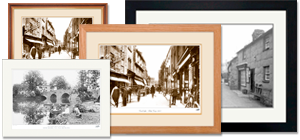
View Sizes & Prices
Featuring this image:
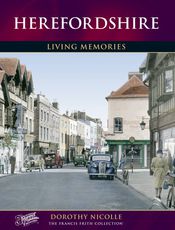
Herefordshire Living Memories
The photo 'Ewyas Harold, the Village from the Castle Tump c1955' appears in this book.
View BookA Selection of Memories from Ewyas Harold
For many years now, we've been inviting visitors to our website to add their own memories to share their experiences of life as it was, prompted by the photographs in our archive. Here are some from Ewyas Harold
Sparked a Memory for you?
If this has sparked a memory, why not share it here?

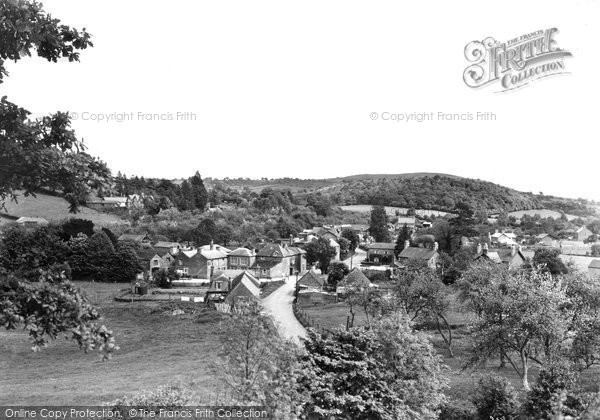
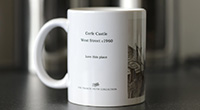
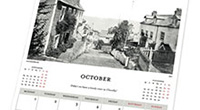
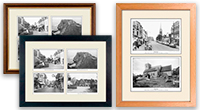
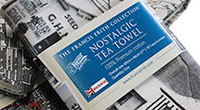


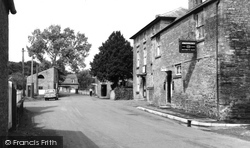
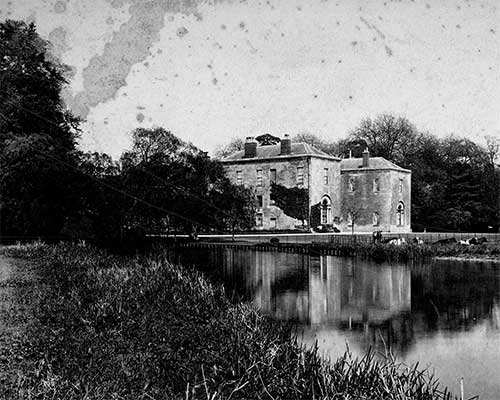 Before
Before
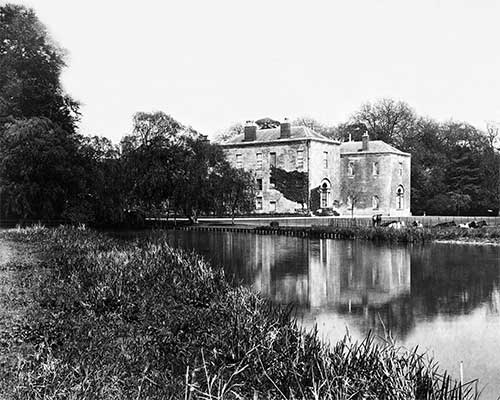 After
After